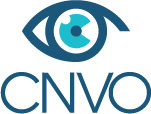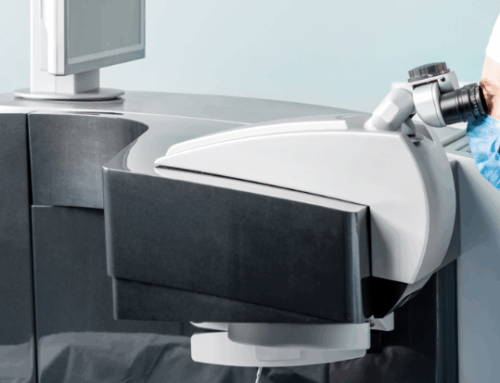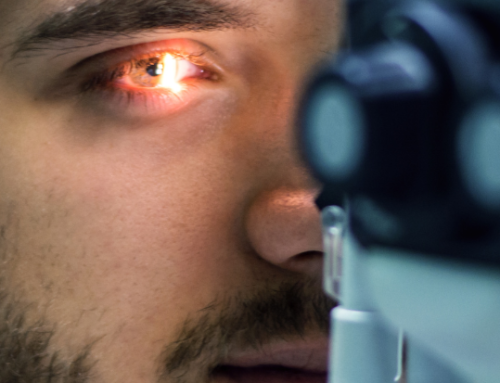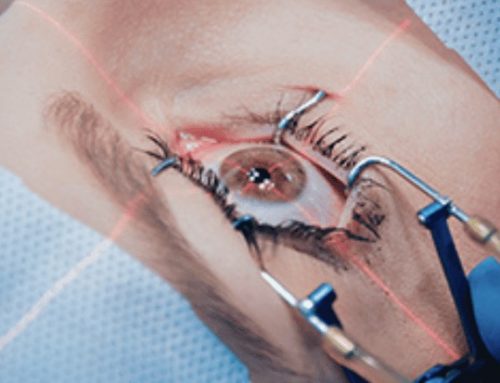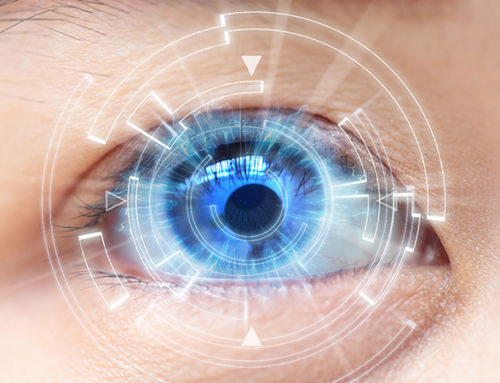Myopia has become a global epidemic, affecting more and more young adults. According to recent studies, by 2050, almost half the world's population could be myopic. But what can be done to slow the progression of myopia in young adults, particularly at a time when screens and indoor living are becoming ubiquitous?
What is myopia?
Myopia is a vision disorder that makes it difficult to see distant objects. This phenomenon is caused by a lengthening of the eye, which causes light to focus in front of the retina rather than directly on it. Young adults, in particular, are often faced with worsening myopia due to a variety of factors (screens, lack of natural light, heredity, etc.).
Fortunately, there are measures in place to slow this progression and preserve visual health.
Adopt good visual habits
One of the first reflexes to slow the progression of myopia in young adults is to improve daily visual habits.
- The 20-20-20 rule: for every 20 minutes spent looking at a screen or reading, take 20 seconds to look at an object at least 20 feet (6 metres) away. This regular break helps relax the eye muscles.
- Exposure to natural light: spending at least 2 hours a day outdoors, even on overcast days, can help slow the progression of myopia. Natural light appears to have a protective effect on visual health.
- Reduce screen use before bedtime: in the evening, limit exposure to blue light from screens, which not only tires the eyes but also disrupts sleep.
Recognized treatments to slow the progression of myopia
Scientific research has made significant progress in the management of myopia. Today, there are three recognized treatments to effectively halt its progression:
- Atropine drops: used in low doses, atropine drops slow the lengthening of the eye, particularly in young myopes. They are generally prescribed for long-term treatment, under medical supervision.
- Myopia-reducing spectacle lenses: these specific lenses, designed to modify the way light enters the eye, are proven to limit the worsening of myopia. They are particularly effective when prescribed at the first signs of myopia in children or young adults.
- Myopia-reducing lenses: among these, orthokeratology is a method that uses rigid lenses worn overnight to temporarily reshape the cornea. This treatment slows down the progression of myopia, while providing good vision without glasses or lenses during the day.
Consider a specialist consultation to curb myopia
In some cases, it is advisable to consult an ophthalmologist for a thorough assessment and personalized advice. The Centre Nord Vaudois d’Ophtalmologie (CNVO) offers a specialized consultation service for myopic children and young adults, with follow-up adapted to the evolution of their vision.
Regular follow-up with an ophthalmologist
Regular ophthalmological follow-up is essential to monitor the evolution of myopia and adjust treatments if necessary. Young adults with myopia should see their ophthalmologist at least once a year. This helps detect any complications or early signs of eye disease.
Myopia surgery
Although myopia surgery, such as LASIK or Trans-PKR, does not slow the progression of myopia, it can offer a long-term solution to correct the visual disorder.
Myopia surgery may be considered after myopia has stabilized, but each case is unique, and a thorough evaluation is necessary to determine the most suitable option.
To find out if you are eligible for myopia surgery, comprehensive examinations must be carried out by a medical professional. Our team at the CNVO Center is at your disposal to guide you safely through the process.
Slowing the progression of myopia is not just about improving vision in the short term. It also means preventing long-term complications, such as myopic maculopathy, which can occur in very short-sighted people, and improving the chances of future refractive surgery. Regular eye care and the adoption of good habits will help you keep your eyes as short-sighted as possible for the future.
